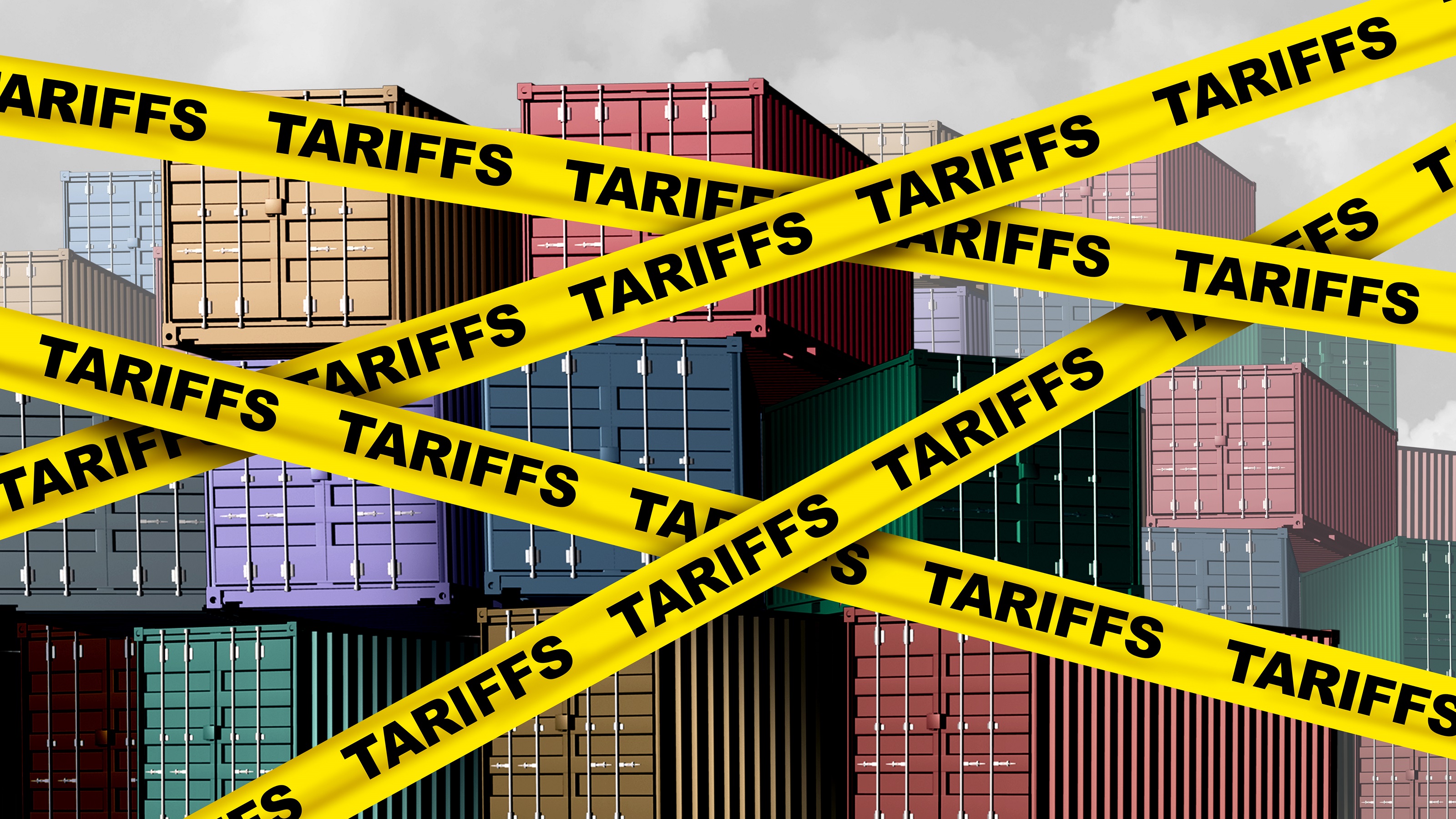A Frugal Saver's Guide to Spotting Investment Costs
Some of the fees that come with buying or holding stocks, bonds and other investments are obvious. Others can hide in plain sight.


My parents instilled good values in me that I try to pass down to my kids. One of these values is thriftiness. When we were growing up, an attic fan cooled us off on warm summer evenings. We reserved the air conditioning for unbearably hot days. When we did run the air, we were sure to close the door behind us so that we didn’t cool off the neighborhood. My dad also seemed to have a sixth sense for detecting lights that didn’t need to be on. Paying attention to these details helped our family keep more of what we earned.
Vanguard founder Jack Bogle revolutionized the investment industry by getting investors to focus on the pernicious effect of costs on investment returns. I must have heard Bogle say, “You get what you don’t pay for” as often as I heard my dad ask me to turn off a light. Bogle’s understanding, backed by research, is why minimizing costs is one of the four Vanguard principles for investing success.
But for both households and investments, some costs are harder to see than others.

Sign up for Kiplinger’s Free E-Newsletters
Profit and prosper with the best of expert advice on investing, taxes, retirement, personal finance and more - straight to your e-mail.
Profit and prosper with the best of expert advice - straight to your e-mail.
The investment costs you can see
The easiest costs to spot are explicit costs. For example, you typically pay a fee for buying or selling a fund or security over the phone. These costs are plain to see and can often be avoided by interacting online, just as you often are charged a convenience fee if you pay your utility bill over the phone as opposed to using autopay.
Other explicit costs require a bit of math. For example, mutual funds and exchange-traded funds (ETFs) charge an expense ratio, a fee that’s an annualized percentage of the assets in the fund, to cover its operating costs. Think of an expense ratio like your electric rate per kilowatt. If you invested $10,000 in an ETF with an expense ratio of 0.10%, you would pay roughly $10 in expenses for the year ($10,000 x 0.10% = $10).
Costs are the best predictors of future returns of funds with a similar investment strategy, according to research from Vanguard — but maybe not in the way you’d expect. The higher the average expense ratio, the lower the average return. The fund information you receive will show the expense ratio and total assets in your fund. Like interest, costs compound and can really add up over time.
The costs that are harder to spot
Then there are opaque costs, or costs that don’t show up on a statement or trade confirmation. An example of an opaque investment cost is the difference between the highest price a buyer is willing to pay and the lowest price a seller is willing to take, which is known as the spread. Unless you execute your trade at the midpoint of that spread, you will likely pay a little more for a security or get a little less from the sale than the market price. Some of that spread cost may be attributed to a “payment for order flow” — a practice where the brokerage essentially pockets a slice of your proceeds every time you trade. Most, but not all, brokerages accept payment for order flow.
Spread and payment for order flow costs are higher the more you trade; and they tend to be larger for securities that are less liquid, or harder to trade, and for riskier securities, such as options. Even if you use a zero-commission broker, you are likely paying these opaque costs. These costs are like having a leaky pipe or drafty window that unknowingly boosts your utility bill.
Some costs take a little more thought
The last set of costs are opportunity costs. They come from missed opportunities rather than explicit or implicit charges. For example, the yield on cash sitting in your brokerage account, bank savings account or bank certificate of deposit (CD) may be significantly less than what you could earn if you don’t shop around. Or you may not be taking full advantage of your 401(k) match if your company offers one.
If you have a long-term investment goal and you have the ability to tolerate inevitable ups and downs, not being fully invested in stocks and bonds may create big opportunity costs. It’s like sticking with your current utility company when you could switch to one that costs less or more closely matches your needs and values.
Costs matter for investing and savings success — the ones you see, the ones you don’t, and those missed opportunities. You can’t control the markets or interest rates, but you can control the costs you pay. Every time my children excitedly share when they score a deal, pay off their credit card in full to avoid interest, or turn off a light, I couldn't be prouder.
Note: All investing is subject to risk, including the possible loss of the money you invest.
Related Content
Get Kiplinger Today newsletter — free
Profit and prosper with the best of Kiplinger's advice on investing, taxes, retirement, personal finance and much more. Delivered daily. Enter your email in the box and click Sign Me Up.

James Martielli, CFA, CAIA, heads Investment & Trading Services (ITS), which educates individual investors about Vanguard’s products and guides them to make investment decisions with confidence. ITS also provides trade execution for stocks, ETFs, options, bonds, CDs and mutual funds on Vanguard’s retail brokerage platform. He is a CFA® charterholder, a reading reviewer for the CFA Institute, a CAIA® charterholder and holds Series 6, 7, 24 and 63 licenses.
-
 When Should You Hand Over the Keys — to Your Investments?
When Should You Hand Over the Keys — to Your Investments?The secret to retirement planning? "The best time to hand over the keys is before you’ve realized you need to hand over the keys."
By Maurie Backman
-
 A checklist for high-net-worth individuals looking to maintain and grow their wealth.
A checklist for high-net-worth individuals looking to maintain and grow their wealth.A strategic guide to managing, preserving, and expanding your wealth for long-term financial security.
By Dori Zinn
-
 When Should You Hand Over the Keys — to Your Investments?
When Should You Hand Over the Keys — to Your Investments?The secret to retirement planning? "The best time to hand over the keys is before you’ve realized you need to hand over the keys."
By Maurie Backman
-
 Going to College? How to Navigate the Financial Planning
Going to College? How to Navigate the Financial PlanningCollege decisions this year seem even more complex than usual, including determining whether a school is a 'financial fit.' Here's how to find your way.
By Chris Ebeling
-
 Financial Steps After a Loved One's Alzheimer's Diagnosis
Financial Steps After a Loved One's Alzheimer's DiagnosisIt's important to move fast on legal safeguards, estate planning and more while your loved one still has the capacity to make decisions.
By Thomas C. West, CLU®, ChFC®, AIF®
-
 How Soon Can You Walk Away After Selling Your Business?
How Soon Can You Walk Away After Selling Your Business?You may earn more money from the sale of your business if you stay to help with the transition to new management. The question is, do you need to?
By Evan T. Beach, CFP®, AWMA®
-
 Two Don'ts and Four Dos During Trump's Trade War
Two Don'ts and Four Dos During Trump's Trade WarThe financial rules have changed now that tariffs have disrupted the markets and created economic uncertainty. What can you do? (And what shouldn't you do?)
By Maggie Kulyk, CRPC®, CSRIC™
-
 I'm Single, With No Kids: Why Do I Need an Estate Plan?
I'm Single, With No Kids: Why Do I Need an Estate Plan?Unless you have a plan in place, guess who might be making all the decisions about your prized possessions, or even your health care: a court.
By Cynthia Pruemm, Investment Adviser Representative
-
 Most Investors Aren't as Diversified as They Think: Are You?
Most Investors Aren't as Diversified as They Think: Are You?You could be facing a surprisingly dangerous amount of concentration risk without realizing it. Fixing that problem starts with knowing exactly what you own.
By Scott Noble, CPA/PFS
-
 Retire in Malta for Quiet Coastal Perfection
Retire in Malta for Quiet Coastal PerfectionSeemingly remote yet easily accessible to other points in Europe, sunny Malta offers paths to citizenship and residency for families and retirees.
By Drew Limsky